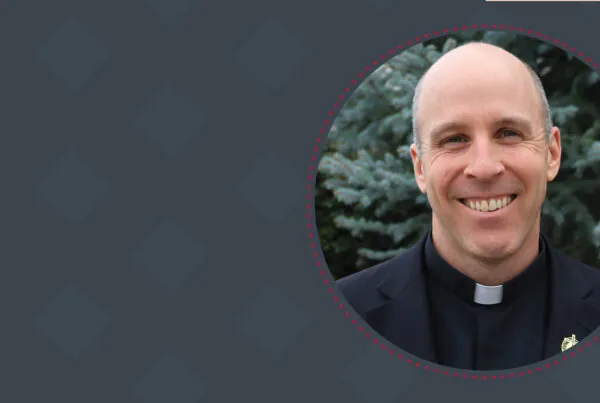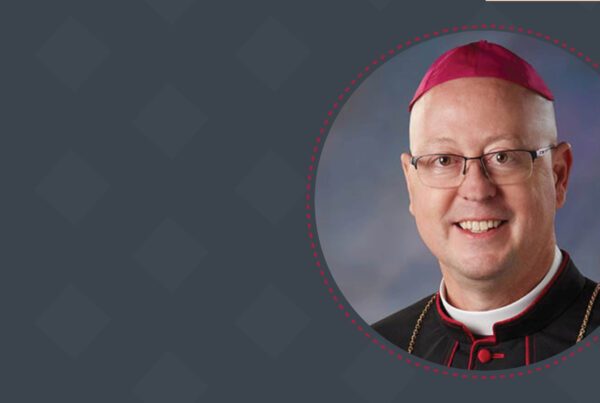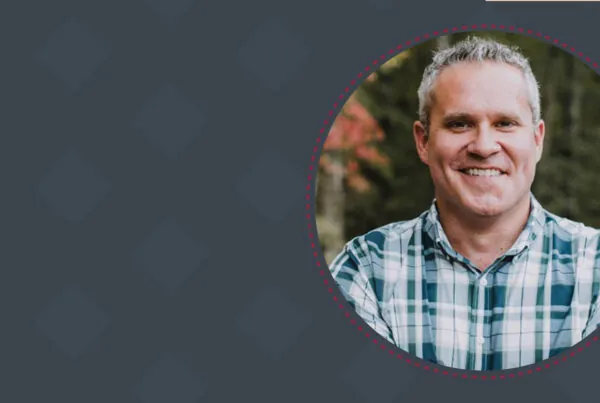You may have heard the buzz regarding a historic transfer of wealth that is happening in America right now. Over the next few decades, a staggering $30 trillion will be passed down from prosperous baby boomers to the next generation. Not only is this the largest wealth transfer of all time, but it is also creating one of the most significant opportunities for philanthropy in this age.
What does this wealth transfer mean for nonprofits, exactly? And how can your organization capitalize on this incredible moment in history?
It’s simple: Because more than $6.3 trillion of the wealth transfer is projected to reach charities as bequests, now is the time to jump-start your planned giving program.
Planned giving is a broad fundraising term that is also called gift planning or legacy giving. It is any major gift, made through estate and end-of-life planning, most commonly through bequests. Planned giving allows donors to support nonprofits with larger gifts than could usually be made from ordinary income.
The data shows that more than 90% of American adults make some kind of charitable donation each year. But fewer than six percent include a charitable bequest in their will or estate plan. Helping your donors understand and embrace this method of donation – improving this statistic by even a few percentage points – could generate hundreds of billions of dollars in additional funding for many important causes, including yours.
Many nonprofit organizations — including the largest and most tech-savvy — struggle to find an effective way to identify legacy donors. But given that nearly anyone can make a planned gift to a charity of their choice, almost anyone can be a planned giving prospect. Start with looking at your donor base. Most organizations are familiar with those who have shown the strongest loyalty to them (for example, those who make consistent offertory or annual donations, volunteers, board members and so on).
Then, set goals for your planned giving program. Begin developing targeted planned giving strategies that will motivate and increase the likelihood of donors including your organization in their wills. From analyzing and updating your database to establishing and cultivating key relationships, learning how to talk about death, and even sharing some creative bequest ideas with donors are just a few of the ways you can promote planned giving.
Planning (feasibility) studies offer great opportunities to uncover and engage with new and existing donors on the topic of planned giving. During campaigns, consider “dual asks” – meaning, a potential donor is asked to consider a pledge to the effort, along with a planned gift, which allows them to increase their level of support beyond a cash gift or pledge.
It is also important to cultivate meaningful relationships with the families of donors, those who are on the receiving end of the historic transfer of wealth. It is reported that 90% of interviewed millennials believe that a compelling mission or cause – not an organization – is what motivates them to give.
Here’s an idea: if you are inviting major donors to an event, site tour, or taking them out to dinner, consider inviting their families (specifically, that next generation) as well. This will set the stage for you to inquire about what their interests and passions are. It’s not too early to plant seeds regarding planned giving with them, too.
Don’t let this historic opportunity in philanthropy pass you by. We can help! If you have questions about planned giving or need support with other strategies to achieve your organization’s goals, please contact me.




